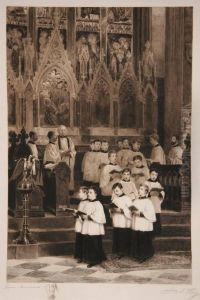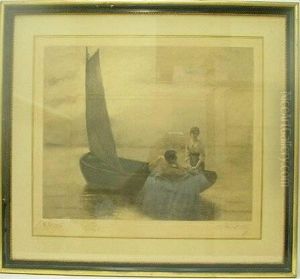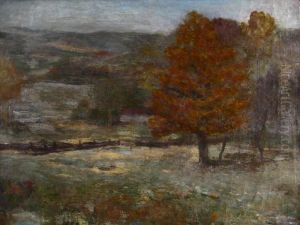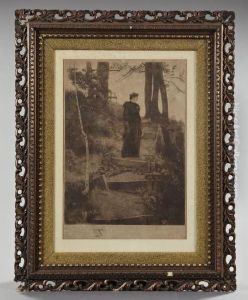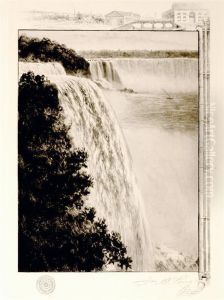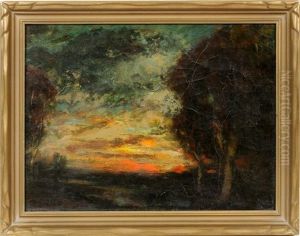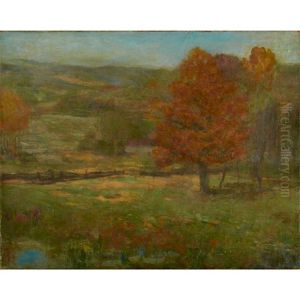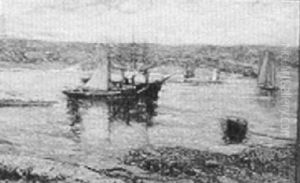James S. King Paintings
James S. King, not widely known in the contemporary art historical canon, was an American artist born in 1852, who made his mark primarily as an engraver and an illustrator. His full name was James Sydney King, and he was part of the broader landscape of 19th to early 20th-century American artists who contributed to the visual culture of the period through various mediums.
King's work as an engraver meant that he was involved in the process of incising a design onto a hard, flat surface, by cutting grooves into it. This was a highly skilled craft that was particularly important before the advent of modern printing techniques, as it allowed for the mass reproduction of images and designs. Engravings were commonly used for illustrations in books, magazines, and newspapers.
Throughout his career, King would have worked with a range of subjects, possibly including portraits, landscapes, and genre scenes—everyday life depictions of the time. While specific details about his artistic style and the breadth of his work are not extensively documented in mainstream art history texts, it is likely that his engravings would have reflected the aesthetic sensibilities and technological advancements of the late 19th century.
The period in which King was active was a time of great change in the art world, with the rise of movements such as Impressionism and Post-Impressionism challenging traditional artistic norms. However, as an engraver, King's work would have been more closely aligned with the commercial and reproductive aspects of art rather than the avant-garde.
King passed away in 1925, at a time when the world of art was undergoing further transformation with the emergence of Modernism. While James S. King may not be a household name, his contributions as an engraver would have been an integral part of the artistic and cultural fabric of his time. Engravers like King played an essential role in the dissemination of visual culture to a broader public, making art more accessible and aiding in the documentation and preservation of the era's visual history.
